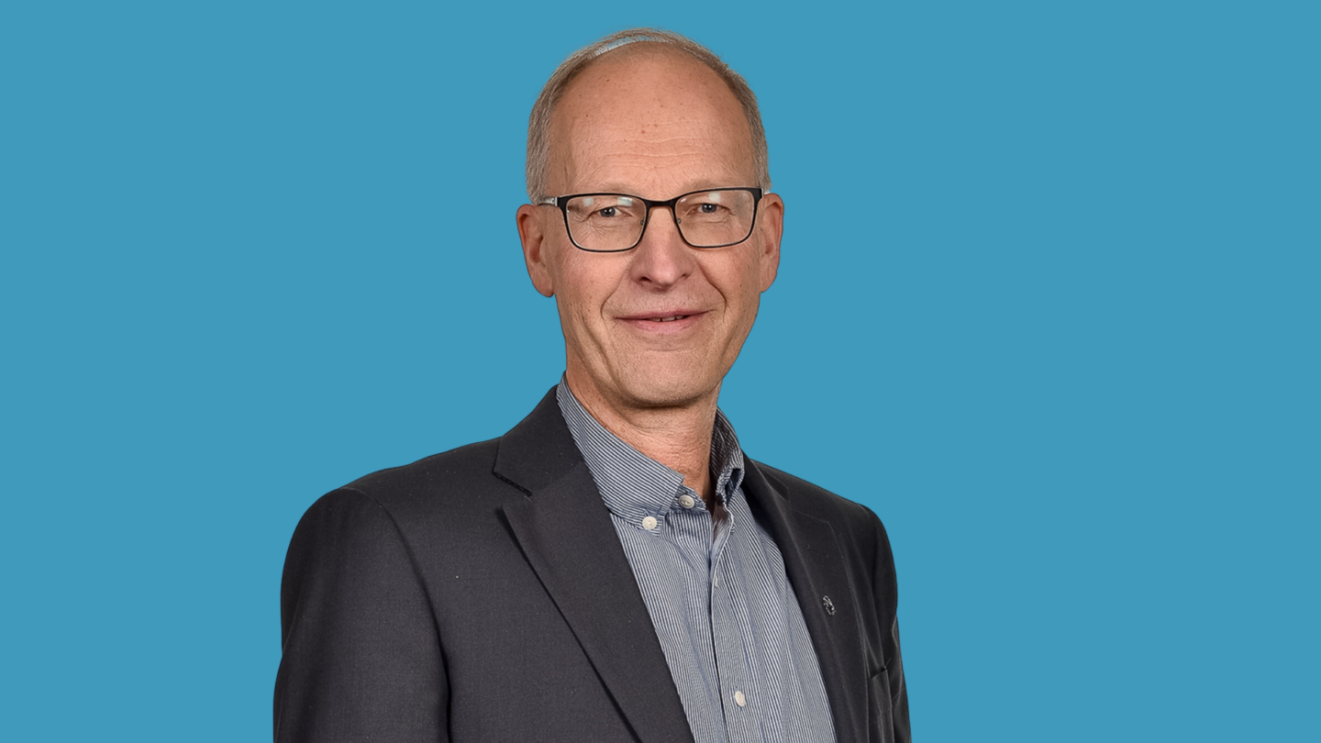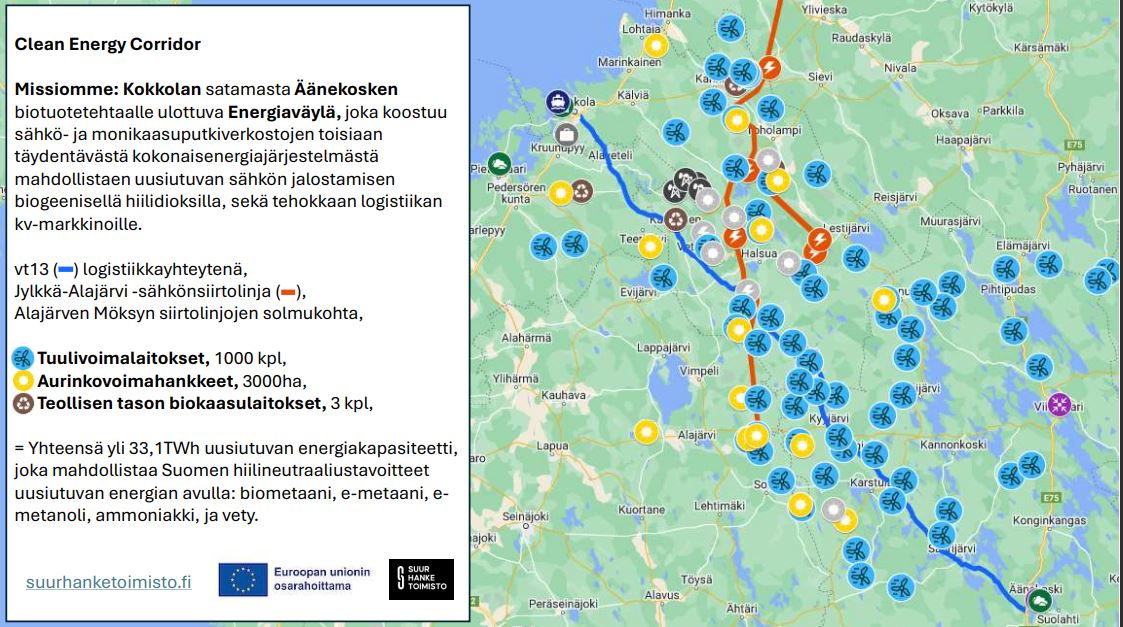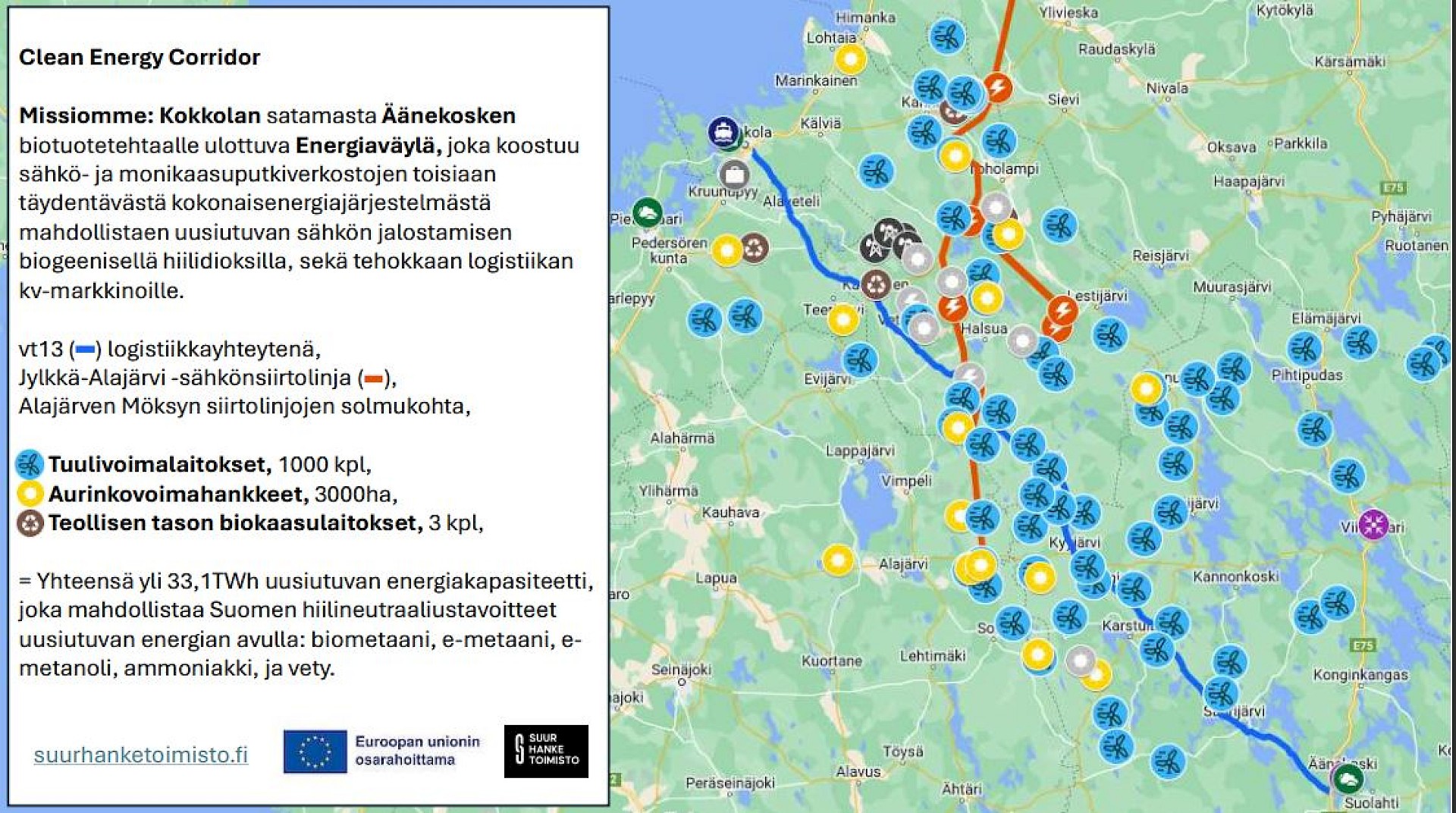
The author is a project manager at the Department of Economics at the Chydenius University Centre in Kokkola.
According to the Ministry of Employment and the Economy, historical structural changes are part of normal regional economic development and business renewal. This can also be seen now - in the early stages of the structural change driven by the clean energy transition - in the year of grace 2025.
The response to structural change can be found in a diversified and renewing business structure. Finding and promoting new industries and, of course, an up-to-date education policy will help to adapt to structural change. In addition, a proactive and flexible attitude will speed up the process of successfully navigating the restructuring process.
Positive structural change describes a situation in which a number of major business investments are launched in the region at the same time. To be successful, this situation requires close cooperation between the different actors in the region and the companies that are interested in investing. Attracting a skilled workforce, ensuring the region's attraction and retention capacity and guaranteeing a good living environment for the population living in the region are also important. In order to achieve lasting results from positive structural changes, proactive planning is an important factor and a hallmark of success.
The impact of the clean energy transition on the regional economy has been studied by the Chydenius University Centre in Kokkola in a recently completed preliminary assessment of mining and wind power projects[1] covering 12 municipalities in Central Ostrobothnia and North Central Finland. Over the next decade, the area covered by the projection is set to receive billions of euros of investment, including as much as €2.5 billion in the Kaustinen region. The clean energy investments in the study area will have an employment impact of almost 1,000 permanent man-years. This is therefore a very significant economic stimulus, but the key is the will of the region and its developing ability to exploit the potential offered.
In this context, it is worth noting that the mining activities planned for the region will employ far more people than wind power, while wind power will generate far more tax revenue for the region. The jobs created by clean energy transition investments are of a 'supra-municipal' or even 'supra-national' nature, while the tax revenues are directly allocated to the municipalities where the wind and mining investments are located.
The productive potential of the clean energy transition investments in our region should therefore be seen first and foremost as a conceptual whole, which would create a completely new way of thinking about territorial cohesion in a broader sense. Namely, the energy potential presented in the projection constitutes, as a whole, a clean energy corridor (Clean Energy Corridor [2]), starting far from central Finland. On the western edge of the energy corridor described, a large-scale industrial cluster is currently taking shape in Kokkola, which will require huge amounts of clean energy, even on an international scale. The coast is also home to the Port of Kokkola, a gateway to international markets for foreign trade, which is constantly modernising itself to meet the demands of the times. Together, these elements create a clearer perspective on the regional economy than ever before, and will help us to develop and modernise our regional economy effectively.

SEMUKAS-The Clean Energy Corridor, conceived by the project, consists of a complete energy system of electricity and multi-gas pipeline networks complementing each other, enabling the processing of renewable electricity with biogenic carbon dioxide, as well as efficient logistics to the international market.
The science-based and forward-looking research, evaluation and analysis work on the regional economy of the Chydenius University Centre in Kokkola is contributing to the renewal of the region, to the opinion environment and thus to regional policy decision-making, as a result of which our region is either declining or prospering. We want to continue to play an active role in this forward-looking work, which builds on success, and at the same time to continue to renew ourselves, in an environment that is changing inexorably, albeit at a rapid pace and in a context of positive structural change.
[1] Semukas evaluation report (Penttilä & Rosenqvist, 2025)
The author is a project manager at the Department of Business Administration, University Centre Chydenius, Kokkola.
This article was originally published in Keskipohjanmaa magazine on 4 January 2025.
[2] The article has been corrected from "Clean Energy Gateway" to "Clean Energy Corridor".
[3] Added an illustration of the Clean Energy Corridor.







